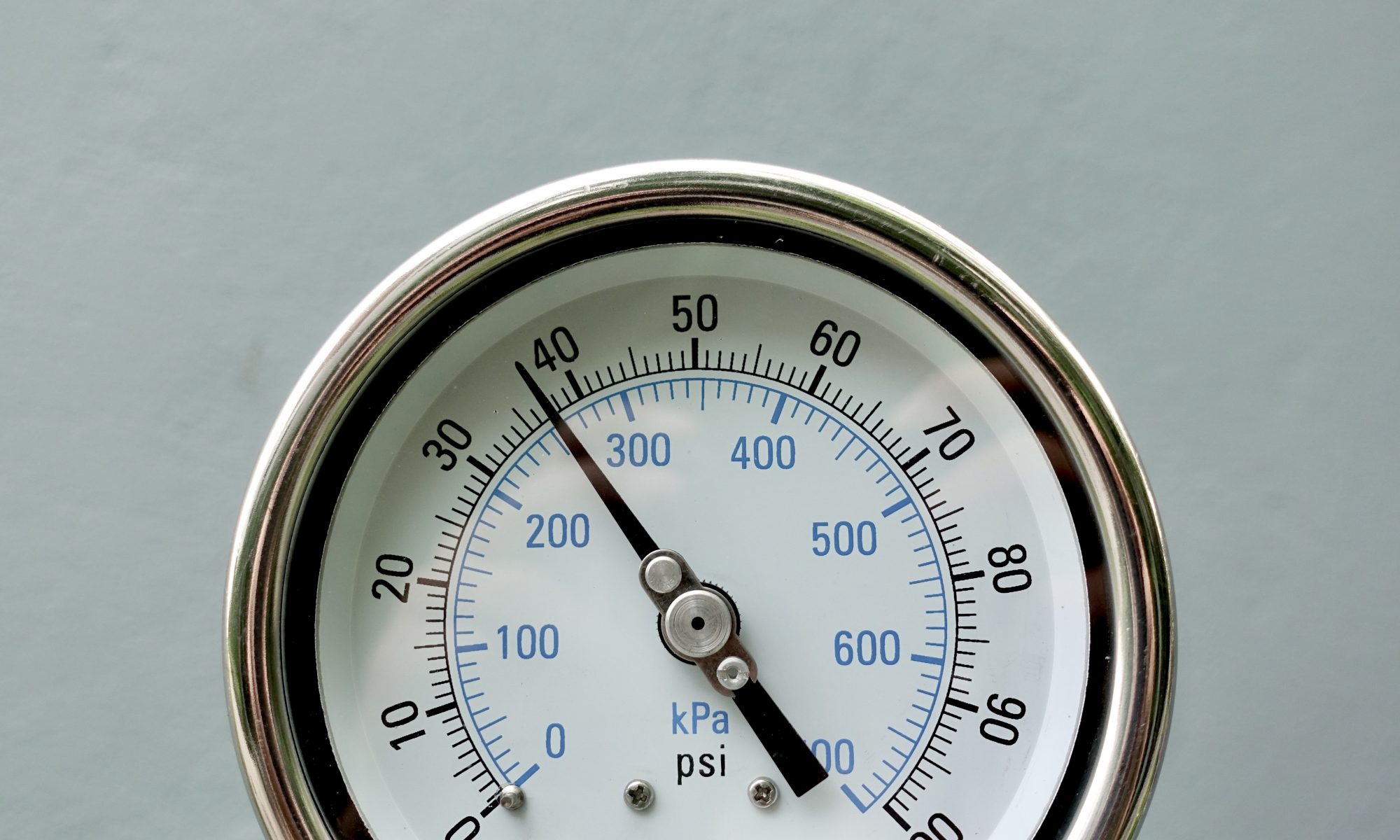Understanding Boiler Pressure
Features
What defines a high pressure boiler?
If you are unfamiliar with boilers and the power of steam, you might expect “high pressure” to mean anything over 100 PSI. This seems reasonable, right? 100 is a big three-digit number, but did you know that a high pressure boiler is defined as having a max allowable working pressure (or MAWP) above 15 PSI? You would not think this is a lot of pressure; people put about 8 PSI of air into a basketball on a sunny summer day without thinking twice.
People often take “high pressure” to mean dangerous. While it is true that higher pressure steam has more overall energy in the system, low pressure steam still has plenty of energy to carry out a great amount of work, such as heating large buildings. For example, if a building uses steam for heat, it typically runs at a pressure no higher than 2 PSI—seemingly miniscule! In fact, the Empire State building (yes, that 1250-foot building in New York) heats the entire building on steam heat with 1.5 PSI of pressure. So why 15 PSI?
In the early 1900s as boiler codes and rules were being established, it was decided that a high pressure boiler would be 15 PSI and above, with anything lower being defined as a low pressure boiler. The industry has maintained this standard for over a hundred years and boiler regulations and standards have been built around it. It is important to know if your boiler is high or low pressure, as rules and regulations differ for each type—for instance, inspection intervals mandated by the insurance company or state in which the boiler is installed.
So how do you know if your steam boiler is high or low pressure?
Every boiler pressure vessel is rated and stamped from the factory in which it was built. There will be a data tag on the boiler(usually with the manufacturer’s name and model) and this will list the boiler’s MAWP. If the tag is illegible or missing, there will also be a stamped marking on the actual pressure vessel itself with its unique identifier and MAWP. If the MAWP is 15 PSI or below, it’s low pressure. Anything higher than that means the boiler is defined as a high pressure boiler.
What if my boiler is a cast iron sectional?
Cast iron sectional boilers will list the MAWP on the tag but not on any of the castings. As an industry standard and due to safety concerns and materials used, all cast iron boilers are made with an MAWP of 15 PSI steam, which makes them all defined as low pressure boilers.
With every boiler, it’s good practice to make sure that the ratings of the manufacturer’s MAWP stamp match or exceeds the safety valve ratings. Never assume someone else has checked it, because they probably assumed you were checking it! These ratings play a vital role in the insurance and maintenance of high and low pressure boilers and, most importantly, the safety of those working around the boilers.


